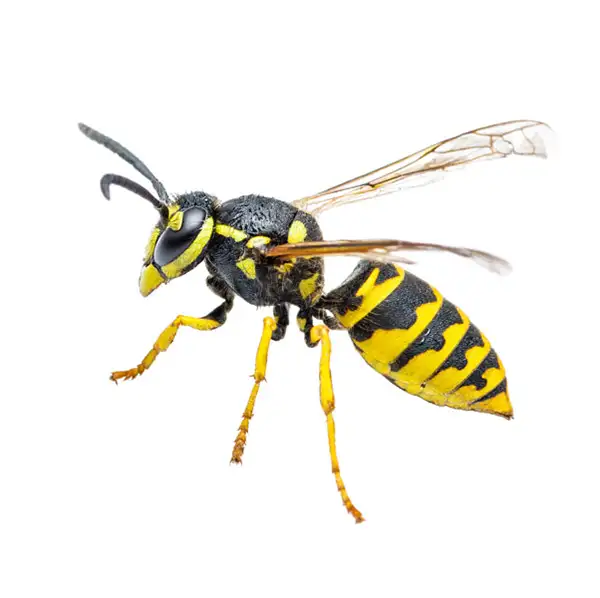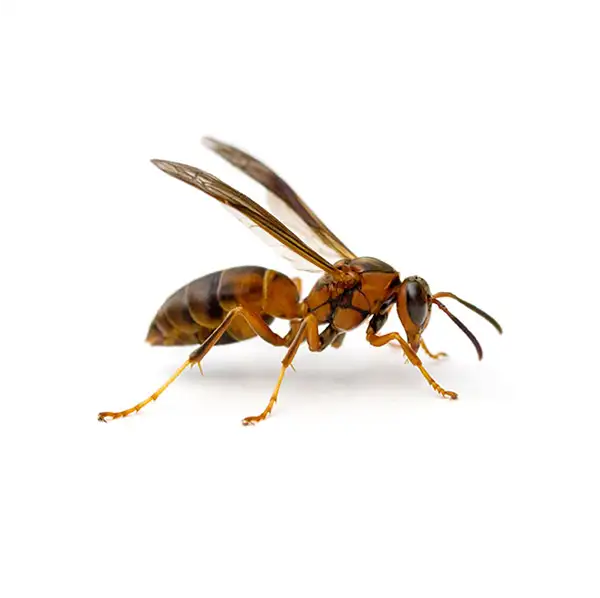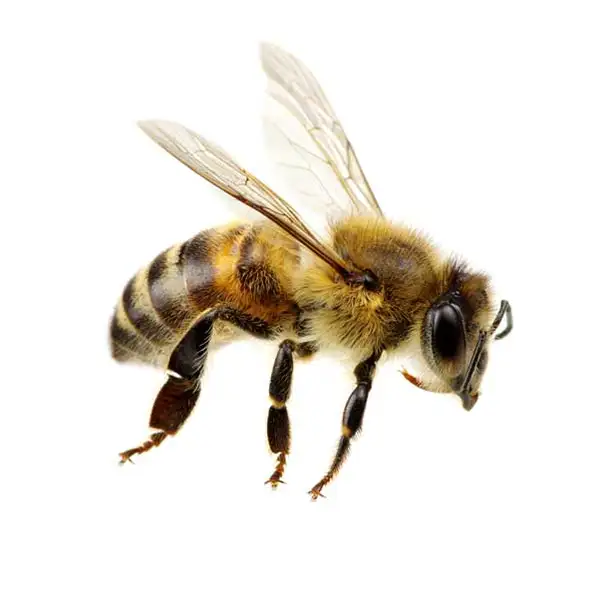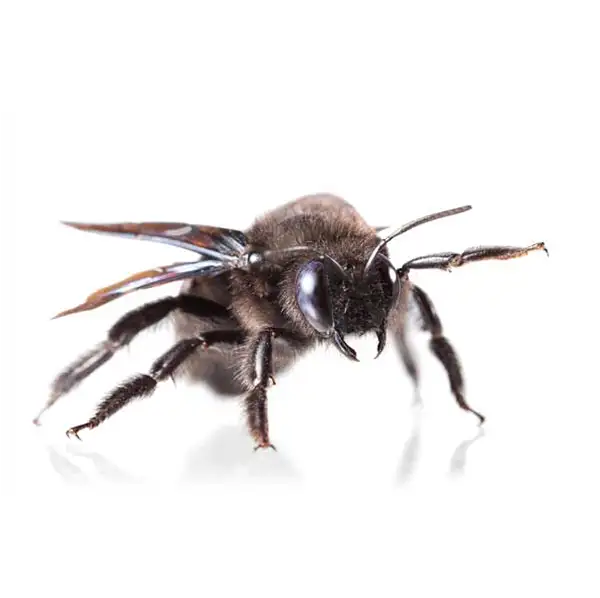Understanding Eastern Yellow Jackets
Eastern yellow jackets (sometimes misidentified as ‘ground hornets’) are generally beneficial insects because they prey on many species of pest arthropods. However, they sometimes build their nests near occupied structures or outdoor recreational areas, which creates the potential for a dangerous encounter. Yellow jackets will mount an aggressive, organized defense of their colony when disturbed.
Biology & Behavior of Yellow Jackets
- Adult yellow jackets are about 3/8 to 5/8 of an inch long, with queens being approximately 25% longer.
- Their abdomen has yellow and black bands distinctive to each species.
- They fold wings longitudinally towards their abdomen when at rest.
- They construct a carton (paper) nest underground in either naturally occurring soil voids or old rodent burrows or mole tunnels.
- Their colonies can contain between 1000 and 4000 yellow jackets.
- Yellow jackets do not possess barbed stingers like the honey bee, so each can deliver multiple painful stings.
- Only inseminated queens hibernate and survive the winter.
- Overwintering queens may enter a living space during the fall or winter months seeking warmth or in the spring when trying to get outdoors or locate a nesting site.
Yellow Jacket Prevention Tips
- Yellow jacket control should only be attempted by a properly equipped, experienced professional.
- Control is most successful when done at night, as most of the foraging workers will have returned to the nest.
- Avoid any area that has a nest site. Keep pets and small children away, as a large number of stings could be life-threatening.
- 2 to 3 days after treating the nest site and all yellow jacket activity has ceased, the nest should be dug up and removed to avoid attracting other pests.



